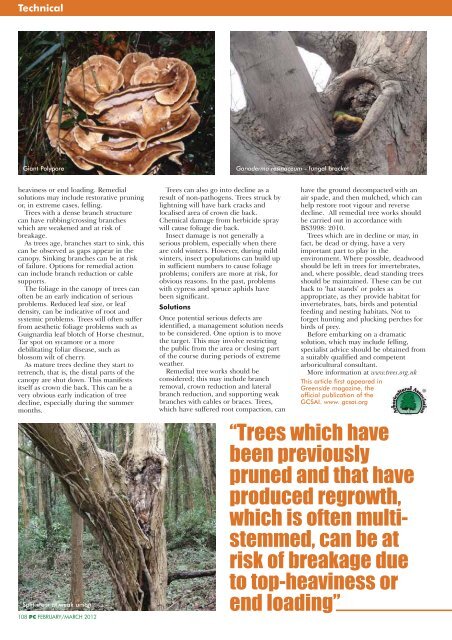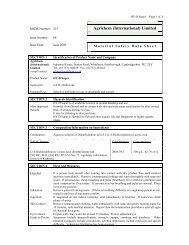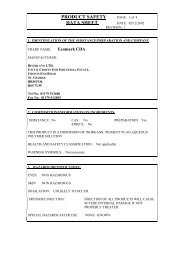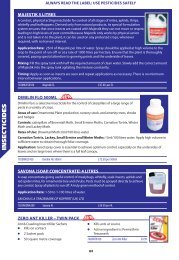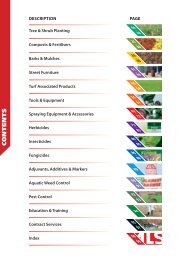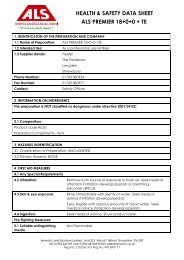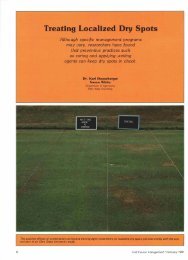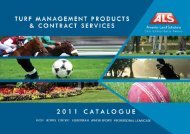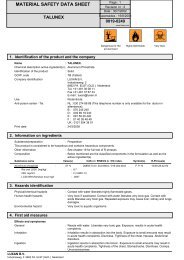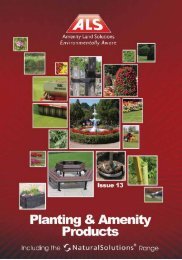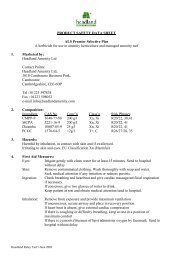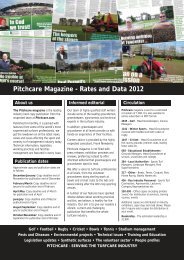these Open Championship Clubs choose to relief grind - Pitchcare
these Open Championship Clubs choose to relief grind - Pitchcare
these Open Championship Clubs choose to relief grind - Pitchcare
You also want an ePaper? Increase the reach of your titles
YUMPU automatically turns print PDFs into web optimized ePapers that Google loves.
Technical<br />
Giant Polypore<br />
heaviness or end loading. Remedial<br />
solutions may include res<strong>to</strong>rative pruning<br />
or, in extreme cases, felling.<br />
Trees with a dense branch structure<br />
can have rubbing/crossing branches<br />
which are weakened and at risk of<br />
breakage.<br />
As trees age, branches start <strong>to</strong> sink, this<br />
can be observed as gaps appear in the<br />
canopy. Sinking branches can be at risk<br />
of failure. Options for remedial action<br />
can include branch reduction or cable<br />
supports.<br />
The foliage in the canopy of trees can<br />
often be an early indication of serious<br />
problems. Reduced leaf size, or leaf<br />
density, can be indicative of root and<br />
systemic problems. Trees will often suffer<br />
from aesthetic foliage problems such as<br />
Guignardia leaf blotch of Horse chestnut,<br />
Tar spot on sycamore or a more<br />
debilitating foliar disease, such as<br />
blossom wilt of cherry.<br />
As mature trees decline they start <strong>to</strong><br />
retrench, that is, the distal parts of the<br />
canopy are shut down. This manifests<br />
itself as crown die back. This can be a<br />
very obvious early indication of tree<br />
decline, especially during the summer<br />
months.<br />
Split stem at weak union<br />
108 PC FEBRUARY/MARCH 2012<br />
Trees can also go in<strong>to</strong> decline as a<br />
result of non-pathogens. Trees struck by<br />
lightning will have bark cracks and<br />
localised area of crown die back.<br />
Chemical damage from herbicide spray<br />
will cause foliage die back.<br />
Insect damage is not generally a<br />
serious problem, especially when there<br />
are cold winters. However, during mild<br />
winters, insect populations can build up<br />
in sufficient numbers <strong>to</strong> cause foliage<br />
problems; conifers are more at risk, for<br />
obvious reasons. In the past, problems<br />
with cypress and spruce aphids have<br />
been significant.<br />
Solutions<br />
Once potential serious defects are<br />
identified, a management solution needs<br />
<strong>to</strong> be considered. One option is <strong>to</strong> move<br />
the target. This may involve restricting<br />
the public from the area or closing part<br />
of the course during periods of extreme<br />
weather.<br />
Remedial tree works should be<br />
considered; this may include branch<br />
removal, crown reduction and lateral<br />
branch reduction, and supporting weak<br />
branches with cables or braces. Trees,<br />
which have suffered root compaction, can<br />
Ganoderma resinaceum - fungal bracket<br />
have the ground decompacted with an<br />
air spade, and then mulched, which can<br />
help res<strong>to</strong>re root vigour and reverse<br />
decline. All remedial tree works should<br />
be carried out in accordance with<br />
BS3998: 2010.<br />
Trees which are in decline or may, in<br />
fact, be dead or dying, have a very<br />
important part <strong>to</strong> play in the<br />
environment. Where possible, deadwood<br />
should be left in trees for invertebrates,<br />
and, where possible, dead standing trees<br />
should be maintained. These can be cut<br />
back <strong>to</strong> ‘hat stands’ or poles as<br />
appropriate, as they provide habitat for<br />
invertebrates, bats, birds and potential<br />
feeding and nesting habitats. Not <strong>to</strong><br />
forget hunting and plucking perches for<br />
birds of prey.<br />
Before embarking on a dramatic<br />
solution, which may include felling,<br />
specialist advice should be obtained from<br />
a suitably qualified and competent<br />
arboricultural consultant.<br />
More information at www.trees.org.uk<br />
This article first appeared in<br />
Greenside magazine, the<br />
official publication of the<br />
GCSAI. www. gcsai.org<br />
“Trees which have<br />
been previously<br />
pruned and that have<br />
produced regrowth,<br />
which is often multistemmed,<br />
can be at<br />
risk of breakage due<br />
<strong>to</strong> <strong>to</strong>p-heaviness or<br />
end loading”


